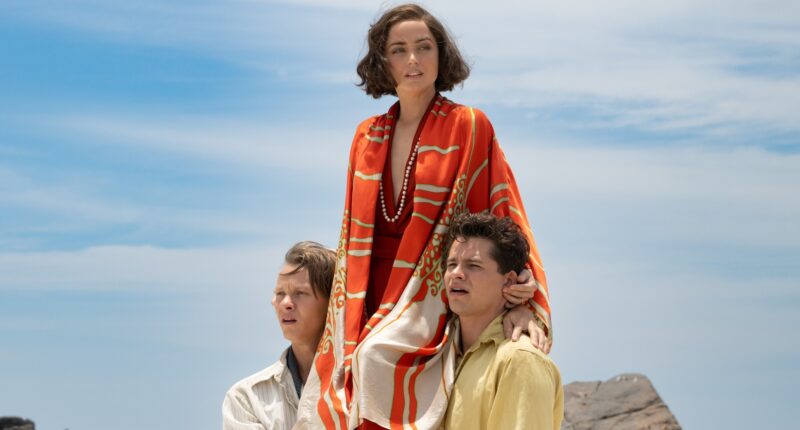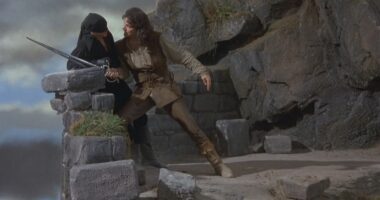It was the story of Dr. Friedrich Ritter and the miniature exodus from continental Europe he unintentionally led during the rise of fascism in the early 1930s. In actuality Friedrich and his wife Dora arrived on Floreana (one of the roughest rocks in the Galápagos) in 1929. There the doctor and self-regarding moral thinker imagined he could build a new philosophy to counteract what he saw as a world spinning into the abyss. Instead he became a curiosity in periodicals and newspapers, and a beacon for others like Heinz and Margret Wittmer, a middle class German couple who also decided to raise their family on Floreana. Soon enough even came the alleged aristocracy and millionaires. But it was the hunger and desperation that proved to be the final, and most insistent, visitor.
“My daughter Bryce at the time was saying, ‘Dad, this would be a great movie,’” Howard remembers. “And I agreed with her because I felt like the characters were so rich and so entertaining, and so unusual, and yet in their own way kind of relatable too.”
The movie that came about from that visit is Eden, a film deliberately removed from the gloss and glamour of so many of Howard’s films like A Beautiful Mind, The Da Vinci Code, and even Solo: A Star Wars Story. Yet that does not mean Howard was unable to build a starry cast. In fact, Eden is filled with familiar faces like Jude Law as the misanthropic Friedrich and Vanessa Kirby as his wife and devoted disciple, Dora. The film also features Daniel Brühl of Inglourious Basterds fame as German bureaucrat turned ex-pat Heinz and the current It Girl, Sydney Sweeney, in a nearly unrecognizable performance and fairly credible German accent as Margaret. But the closest to a flashy movie star turn belongs to Ana de Armas as the self-described Baroness, a 1930s socialite with wafts of Sally Bowles airs coming off her cigarettes.
“We did talk about the flappers, some of the screen stars of the 1920s, some of the French cabaret performers,” Howard says of that vamping performance. “We assumed that the Baroness had attempted to follow that path at some point in her career. She had been a fan dancer or a cabaret performer at some point based on all of the accounts we read, so we were looking at a lot of those flapper icons and assumed they’d be heroes of the Baroness that Ana’s Eloise would have copied.”
It’s a big performance and by design it clashes with the cruel reality of the film’s brutal setting.
“Floreana is rugged, it’s a desert island, not a lot of people live there even now,” Howard notes. “It’s not one of the beautiful islands that everybody wants to visit and have a vacation on. It’s harsh, it’s very harsh.” In a sense the Baroness and the surroundings visualize the cognitive dissonance between civilization and nature, fantasy escape and the grim realities of living outside the system. It even suggests the chasm between Eden and Howard’s other films.









